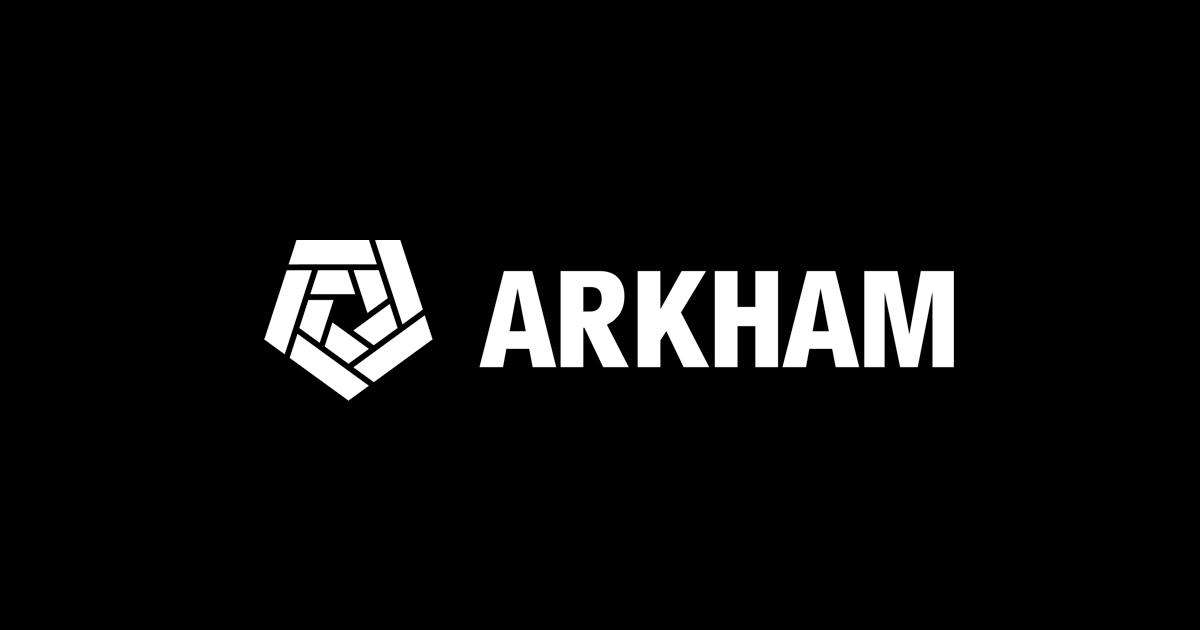Zero Based Budgeting
Mastering Your Finances
Managing personal finances is a crucial skill that empowers individuals to achieve their financial goals and dreams. One effective method for taking control of your money is zero-based budgeting. This approach ensures that every dollar you earn has a purpose, helping you make informed spending decisions and achieve financial stability. In this blog post, we’ll explore the concept of zero-based budgeting and provide you with simple examples to get you started on your journey to financial success.
What is Zero-Based Budgeting?
Zero-based budgeting is a budgeting method in which your income minus your expenses equals zero. Unlike traditional budgeting, where the focus might be on estimating income and allocating funds to different categories, zero-based budgeting requires that every dollar you earn is allocated to a specific category or purpose, leaving no room for unallocated funds.
The Basic Steps
1. Calculate Your Income: Begin by determining your total income for a specific time period, such as a month. This includes your salary, side hustle earnings, and any other sources of income.
2. List Your Expenses: Make a comprehensive list of all your expenses. Categorize them into fixed expenses (e.g., rent, utilities) and variable expenses (e.g., groceries, entertainment).
3. Assign Dollar Amounts: Allocate a specific dollar amount to each expense category. This is where the “zero-based” concept comes into play. Ensure that the sum of your allocations equals your income.
4. Adjust and Prioritize: If your allocations exceed your income, you’ll need to review and adjust your expenses. Prioritize essential categories while considering where you can cut back.
5. Track Your Spending: As the month progresses, track your expenses to ensure that you’re sticking to your allocations. This awareness helps you make real-time adjustments if necessary.
Examples
1. Monthly Income: $3,000
– Fixed Expenses:
– Rent: $1,000
– Utilities: $150
– Car Payment: $250
– Variable Expenses:
– Groceries: $300
– Dining Out: $100
– Entertainment: $50
– Miscellaneous: $200
In this example, your allocations sum up to $2,050, leaving $950 unallocated. To adhere to zero-based budgeting, you could assign that extra $950 to savings, debt repayment, or a specific financial goal.
2. Monthly Income: $4,500
– Fixed Expenses:
– Mortgage: $1,200
– Insurance: $150
– Utilities: $180
– Loan Payments: $350
– Variable Expenses:
– Groceries: $250
– Travel: $200
– Shopping: $150
– Hobbies: $100
– Savings: $200
In this scenario, your allocations amount to $2,780, resulting in an unallocated amount of $1,720. You might decide to increase your savings contributions, allocate more to debt repayment, or even invest the surplus.
Zero-based budgeting is a powerful financial tool that promotes intentional and responsible money management. By ensuring that every dollar you earn is allocated to a purpose, you can take control of your finances, achieve your goals, and build a secure financial future. Whether you have a simple or complex financial situation, zero-based budgeting can help you make the most of your resources. Start small, track your progress, and watch your financial confidence grow.













